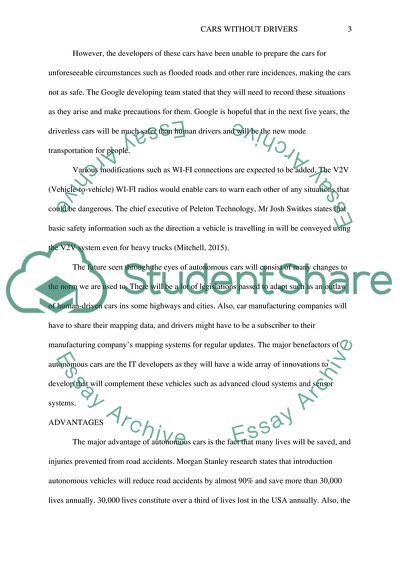Cite this document
(“Cars without drivers Essay Example | Topics and Well Written Essays - 1500 words”, n.d.)
Retrieved from https://studentshare.org/english/1694557-cars-without-drivers
Retrieved from https://studentshare.org/english/1694557-cars-without-drivers
(Cars Without Drivers Essay Example | Topics and Well Written Essays - 1500 Words)
https://studentshare.org/english/1694557-cars-without-drivers.
https://studentshare.org/english/1694557-cars-without-drivers.
“Cars Without Drivers Essay Example | Topics and Well Written Essays - 1500 Words”, n.d. https://studentshare.org/english/1694557-cars-without-drivers.


